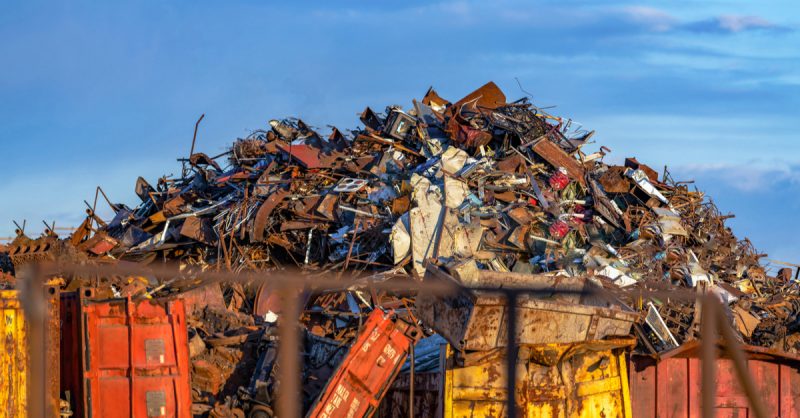
As of March 2025, 48 countries have introduced 75 restrictions on scrap exports. These measures have grown in popularity due to rising demand for scrap and its critical role in decarbonizing the steel industry. Scrap export restrictions, including partial or full bans, aim to secure domestic scrap supplies. This article explores the global trend of restricting scrap exports, the different types of restrictions, and the reasons behind this shift.
Countries Imposing Scrap Export Restrictions
Approximately 38% of countries have implemented full or partial bans on scrap exports. This reflects the increasing concern over securing adequate scrap supplies for domestic industries. For example, Burundi and Kazakhstan have introduced strict regulations, limiting scrap trade to specific regions or imposing export duties.
The European Union (EU) has also made significant changes. In March 2024, the European Council passed new rules that limit the export of non-hazardous waste, including scrap, to non-OECD countries. Furthermore, the EU’s Steel and Metal Action Plan, approved in March 2025, indicates that the European Commission may introduce more restrictions by the third quarter of 2025.
Different Types of Scrap Export Restrictions
Countries have implemented a variety of restrictions. Export duties and licensing procedures account for 54% of all restrictions. Export duties, being flexible, are more common than export bans, which make up 25% of restrictions. Licensing procedures also represent 27% of the total restrictions.
In the United Arab Emirates, export duties replaced earlier export bans, marking a shift toward more flexible measures. The global trend shows that lifting restrictions is rare, as many countries continue extending or introducing new trade barriers on scrap exports.
Reasons Behind Scrap Export Restrictions
The main reason for these export restrictions is the need to ensure sufficient scrap supplies for domestic steel production. Scrap is essential for producing “green” steel, which is vital to reducing carbon emissions in the steel industry. Countries seek to maintain affordable scrap prices to boost their domestic industries’ competitiveness.
Additionally, some countries use these restrictions as a response to trade barriers imposed by other nations. By introducing similar measures, they seek to level the playing field in global trade, ensuring fair competition.
Conclusion
The global trend of restricting scrap exports is rising, with 48 countries imposing measures to control scrap metal flows. These restrictions are driven by the need to secure domestic supplies and support decarbonization in the steel industry. As more countries adopt these policies, scrap exporters will face increased challenges in navigating a more restricted global market.







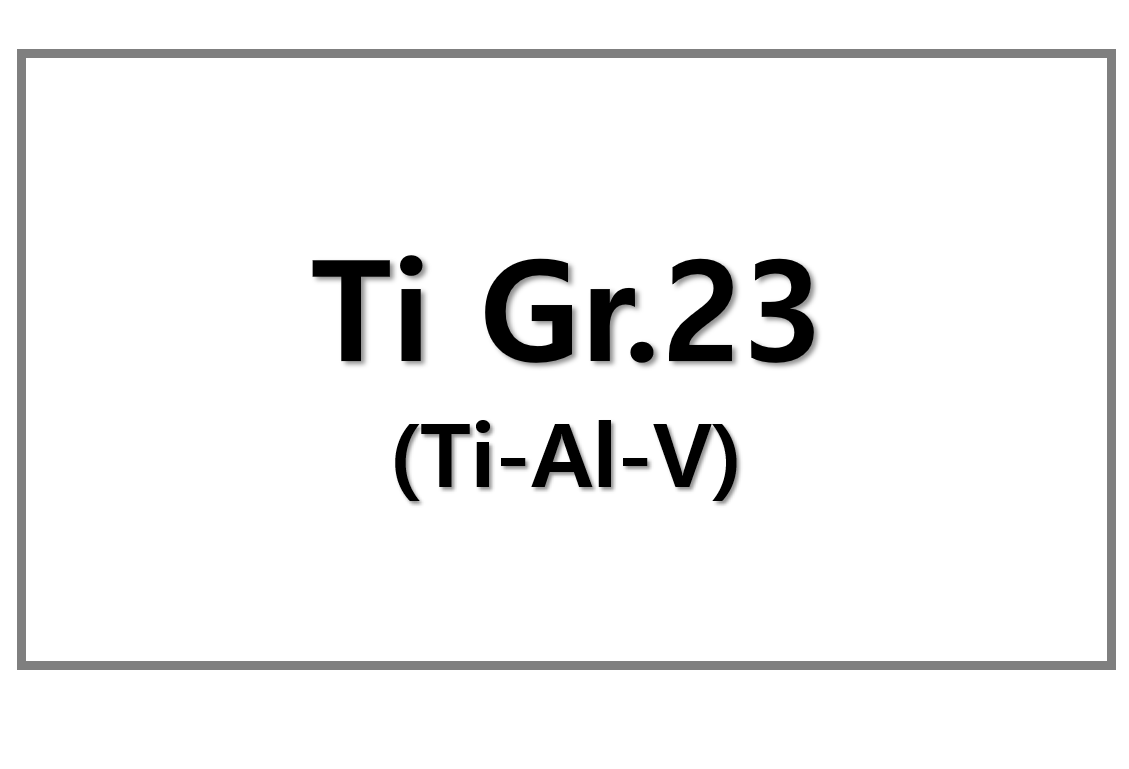
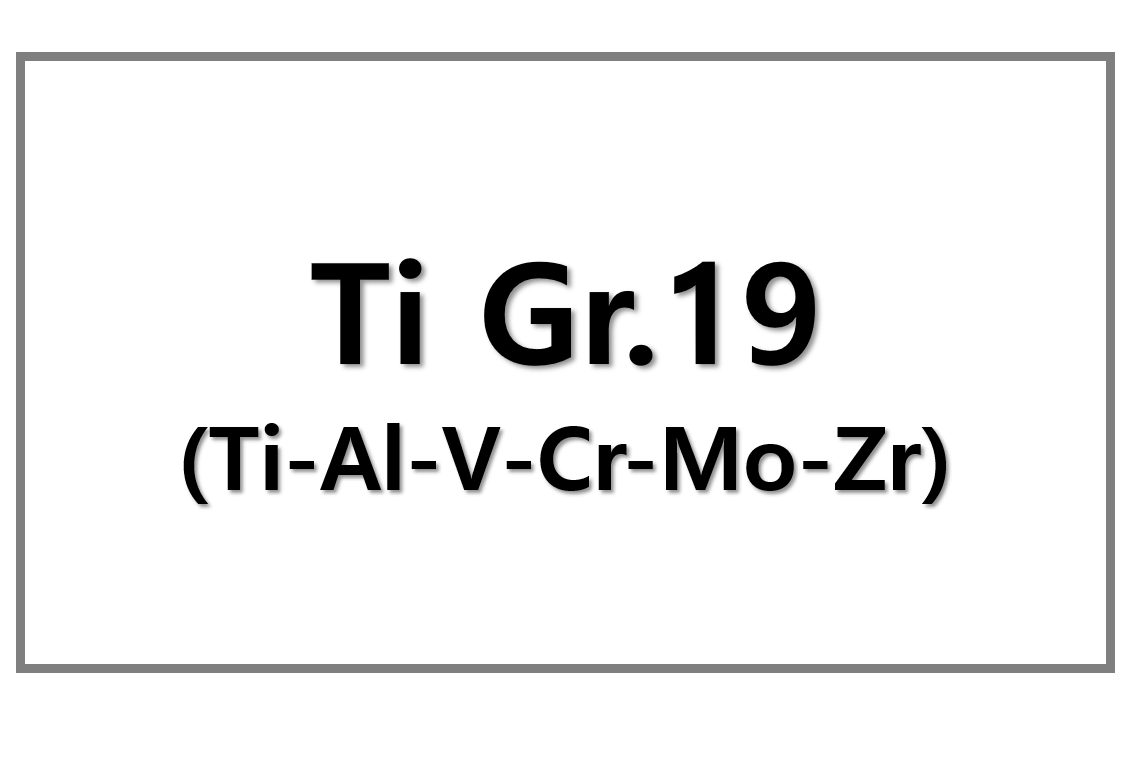
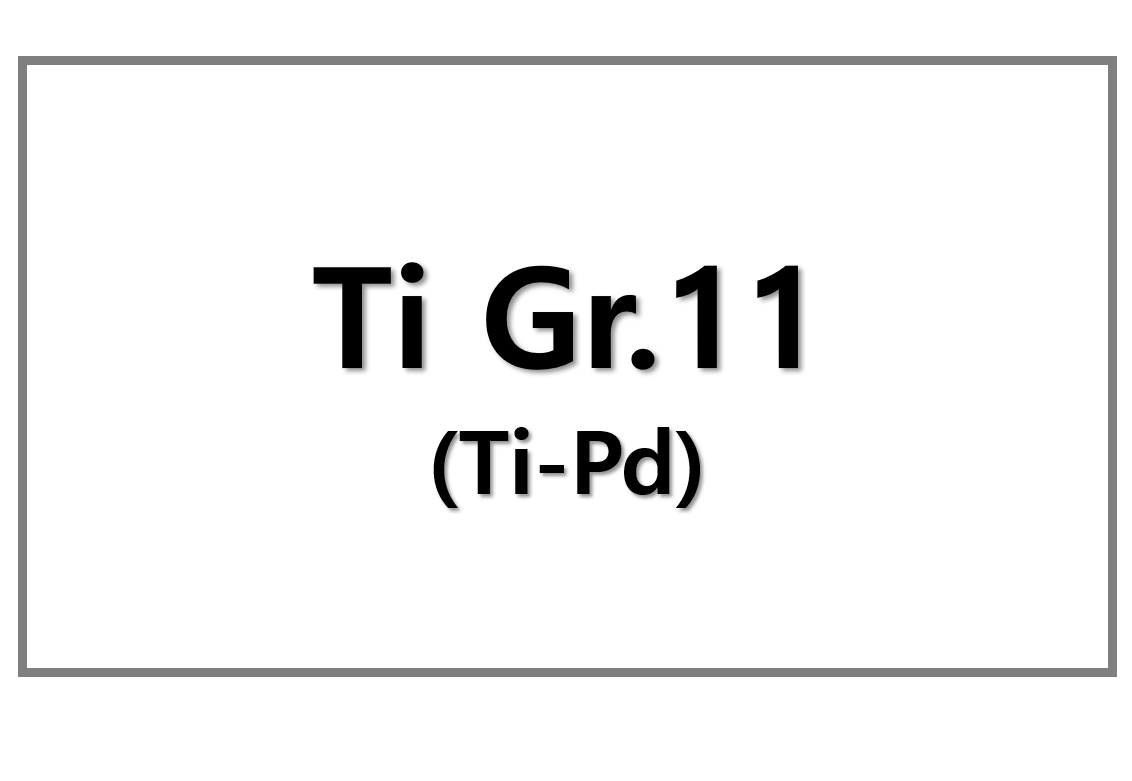
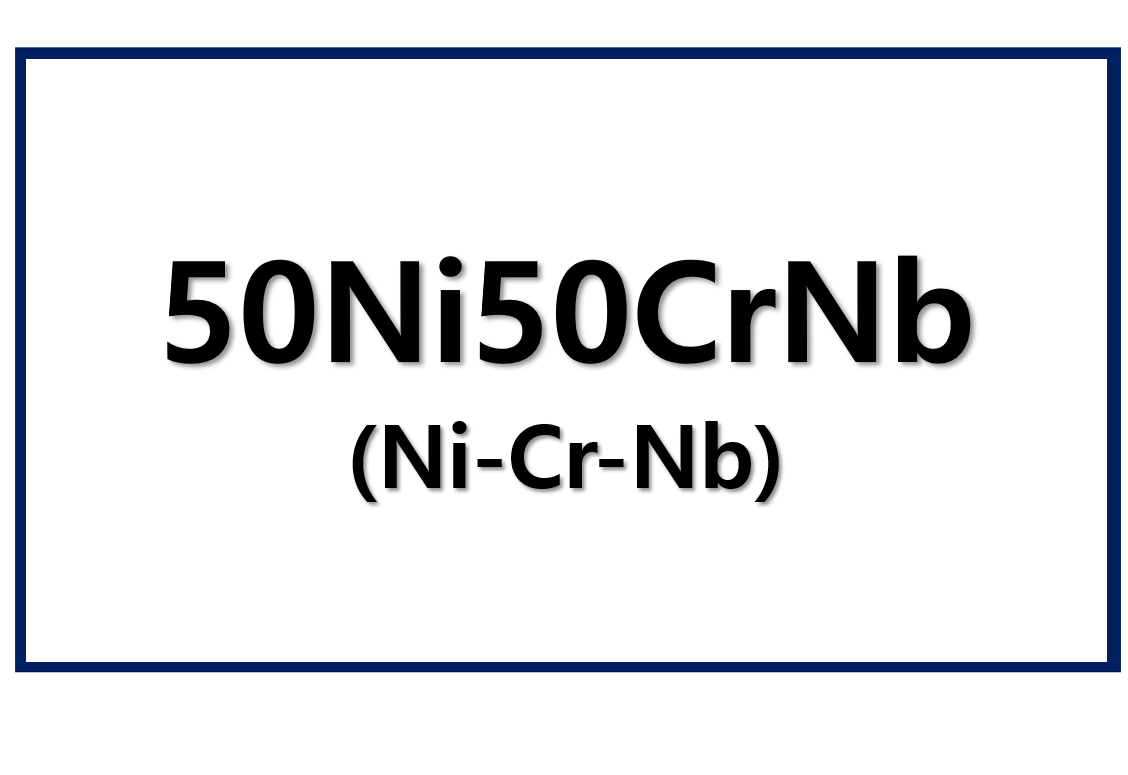
Leave a Reply
You must be logged in to post a comment.